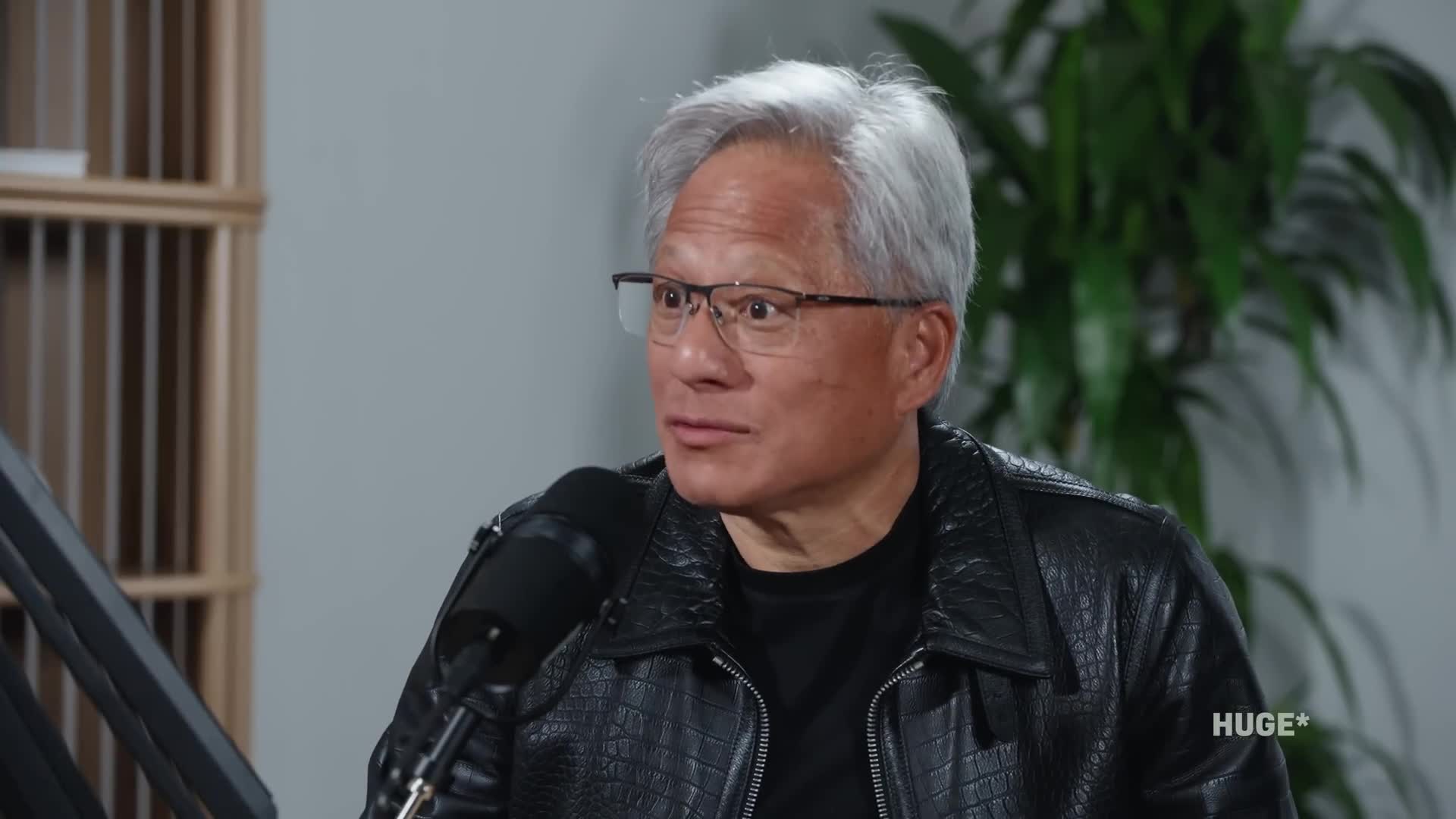AI Technology
AI technology, or artificial intelligence, refers to the capability of machines to execute tasks that traditionally require human intelligence, such as reasoning, learning, problem-solving, and perception. As a multifaceted field, AI encompasses crucial subfields including machine learning algorithms, natural language processing, and computer vision. The significance of AI technology continues to grow as it transforms various sectors, particularly healthcare, where AI-driven innovations are enhancing diagnostic accuracy and personalizing patient care. With the advent of advanced AI automation tools, industries are also witnessing improved operational efficiencies and groundbreaking developments in scientific research. Recently, the landscape of AI has expanded dramatically, showcasing remarkable advancements in applications like non-invasive cardiac imaging and real-time brain-computer interface co-pilots. These developments not only enhance performance but also address complex challenges in fields ranging from healthcare to drug discovery. The use of AI systems has proven beneficial in managing vast amounts of data, allowing for rapid decision-making and problem-solving capabilities that were once beyond reach. Amidst these advancements, however, challenges such as data quality and ethical considerations remain pivotal, highlighting the need for balanced progress in AI technology. Overall, AI is positioned as a foundational force in shaping future innovations, comparable to historical milestones like electricity and the internet.
How will the focus of AI development change in the next decade compared to the past decade?
According to Jensen Huang, while the last decade was primarily focused on the fundamental science of AI, the next decade will shift towards application science. Although AI science will continue to advance, the emphasis will be on applying AI across various sectors including digital biology, climate technology, agriculture, fisheries, robotics, transportation, and logistics optimization. This transition represents a move from developing core AI capabilities to implementing practical applications that transform industries and solve real-world challenges. This shift explains why it's becoming increasingly difficult to predict exactly how we will use emerging technologies in the future.
Watch clip answer (00:55m)How are AI chatbots amplifying social engineering scams?
AI chatbots are revolutionizing social engineering scams by functioning as automated con artists that can engage multiple victims simultaneously. They maintain seemingly genuine conversations over extended periods, impersonating romantic partners, investment advisors, and tech support personnel with unprecedented efficiency. These AI systems excel at emotional manipulation through perfectly tailored responses, remembering personal details, writing love poems, and responding instantly with affection. As one cybersecurity expert explains, they make conversations sound remarkably authentic in ways impossible just years ago. The technology enables scammers to bypass human limitations, with bots handling the emotional labor while criminals focus on extracting money or personal information from victims.
Watch clip answer (07:00m)What is Microsoft's approach to digital accessibility and why is it important?
Microsoft views access to technology as a fundamental human right, recognizing that over a billion people worldwide live with some form of disability. The company has evolved its accessibility strategy by integrating both technical innovations and inclusive organizational practices. Despite rapid digital transformation across industries, the disability divide is growing, with only 4% of businesses considering accessibility in their strategy. This represents a significant business opportunity, as organizations with inclusive technology strategies demonstrate better revenue and profit margins. Microsoft's journey includes establishing employee resource groups, hosting regular ability summits, and creating the Inclusive Tech Lab to ensure products are accessible to everyone, regardless of whether their disabilities are permanent, temporary, or situational.
Watch clip answer (06:25m)How is generative AI transforming Business Intelligence in 2025?
Generative AI has evolved from an emerging technology to a proven force reshaping how businesses handle data. In 2025, solutions like Microsoft Copilot and Databricks Genie have overcome previous enterprise concerns around security and data governance, enabling widespread adoption of AI in business analytics. These tools have transformed BI platforms by making data-driven decision making accessible to everyone in an organization, not just technical experts, allowing businesses to uncover insights, simplify processes, and make decisions faster and smarter.
Watch clip answer (06:37m)What is artificial intelligence?
Artificial intelligence (AI) is the theory and development of computer systems capable of performing tasks that typically require human intelligence and discernment. It essentially refers to systems designed to act like humans in their ability to make decisions and solve problems. AI serves as a broad umbrella term encompassing numerous subfields with specialized applications. This technology enables machines to mimic human cognitive functions, making it possible for computers to handle complex tasks that previously required human judgment and reasoning abilities.
Watch clip answer (00:27m)What major AI advancements did Google announce at their IO Conference?
At their IO Conference, Google unveiled numerous AI updates across virtually all their products and services. These announcements included Project Astra for enhanced real-time AI interaction, improved Gemini models with better contextual capabilities, and innovative features like Ask Photos that transforms how users interact with Google Photos. Google also introduced Veo, their text-to-video generation tool. The host plans to analyze these developments in depth, discussing what's promising, what's concerning, and what aspects leave users confused about Google's approach to AI integration across their ecosystem.
Watch clip answer (00:36m)




